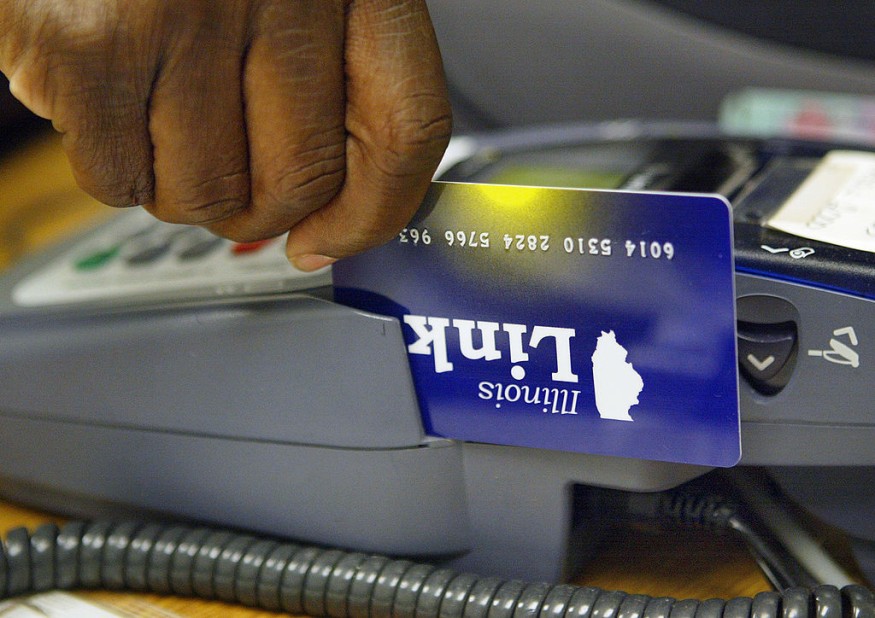SNAP Benefits 2023: Here's Why Food Stamp Payments Won't Increase Soon Despite Increasing Prices

The U.S. Agriculture Department's Food and Nutrition Service has adjusted the SNAP benefits payments, its maximum allotments, deductions, and income eligibility standards, with the adjustments applied on October 1, 2022.
The changes applied are based on the cost of living adjustment. The COLA increased by 12.5%, with the maximum benefit for 48 states and D.C. reaching $281, and the maximum benefit for each additional person in a household will be $211.
SNAP benefits are adjusted yearly to match the inflation costs.
Grocery prices have increased further since June and have seen a 13.5% increase for the year ending in August 2022.
Elaine Waxman, a senior fellow at the Income and Benefits Policy Center at the nonprofit, nonpartisan think tank at the Urban Institute, said the previous SNAP benefits payments COLA increases have usually been enough with the country seeing relatively low food price inflation.
Waxman added that the system "is not set up for this kind of scenario."
Despite the increase, there is a reported gap between the SNAP benefits payments increase and food costs, which continues to climb.
The gap was believed to erode the purchasing power of those who receive SNAP benefits.
READ NEXT : SNAP Benefits 2023: Are Walmart, Kroger, BJ's Wholesale Club Still Accepting SNAP EBT Payments?
COLA Increase in SNAP Benefits 2023
The applied COLA increase on October 1, 2022 will last until September 30, 2023. Recipients will not get another projected increase in COLA, affecting the amount of their food stamp payments until September.
The Agriculture Department does the estimates of the Thrifty Food Plan, calculating how much it costs to provide nutritious, low-cost meals for a household.
Meanwhile, maximum allotments are calculated from this cost every June.
SNAP benefits rose by 32% from 2019 to 2020, partly due to the increases tied to COVID-19 assistance.
In 2021, the maximum allotment for a family of four amounts to $782, as compared to the maximum allotment in 20222, worth $1,504.
SNAP Benefits Update
In California, benefits are distributed monthly to CalFresh accounts linked to CalFresh Electronic Benefits Transfer cards.
The state usually distributes the SNAP benefits payments from the first day of the month up until the 10th, depending on the food stamp recipients' case numbers.
California also participates in the Restaurant Meals Program, which allows food stamp beneficiaries to buy already-prepared meals at restaurants with their SNAP benefits.
However, not all locations participate in the program. It is advisable that SNAP benefits recipients call ahead of time and ask if CalFresh EBT cards are accepted.
Meanwhile, Texas uses its Texas Lone Star Card to distribute SNAP benefits to beneficiaries.
The state also follows a schedule that depends on the beneficiaries' SNAP EDG number. The state distributes the benefits on the 1st, 3rd, 5th, 6th, 7th, 9th, 11th, 12th, 13th, and 15th days of the month.
If you are part of a household with members of either older adults or people with disabilities, you can apply for the Texas Simplified Application Project, which offers a simplified SNAP application and hands out three years of benefits instead of six months.
READ MORE: Disaster SNAP Benefits Update: Are You Eligible for New Florida Payments?
This article is owned by Latin Post.
Written by: Mary Webber
WATCH: New Food Benefits Cost of Living Adjustment - from HealthWatch Wisconsin
Subscribe to Latin Post!
Sign up for our free newsletter for the Latest coverage!
© 2025 Latin Post. All rights reserved. Do not reproduce without permission.














